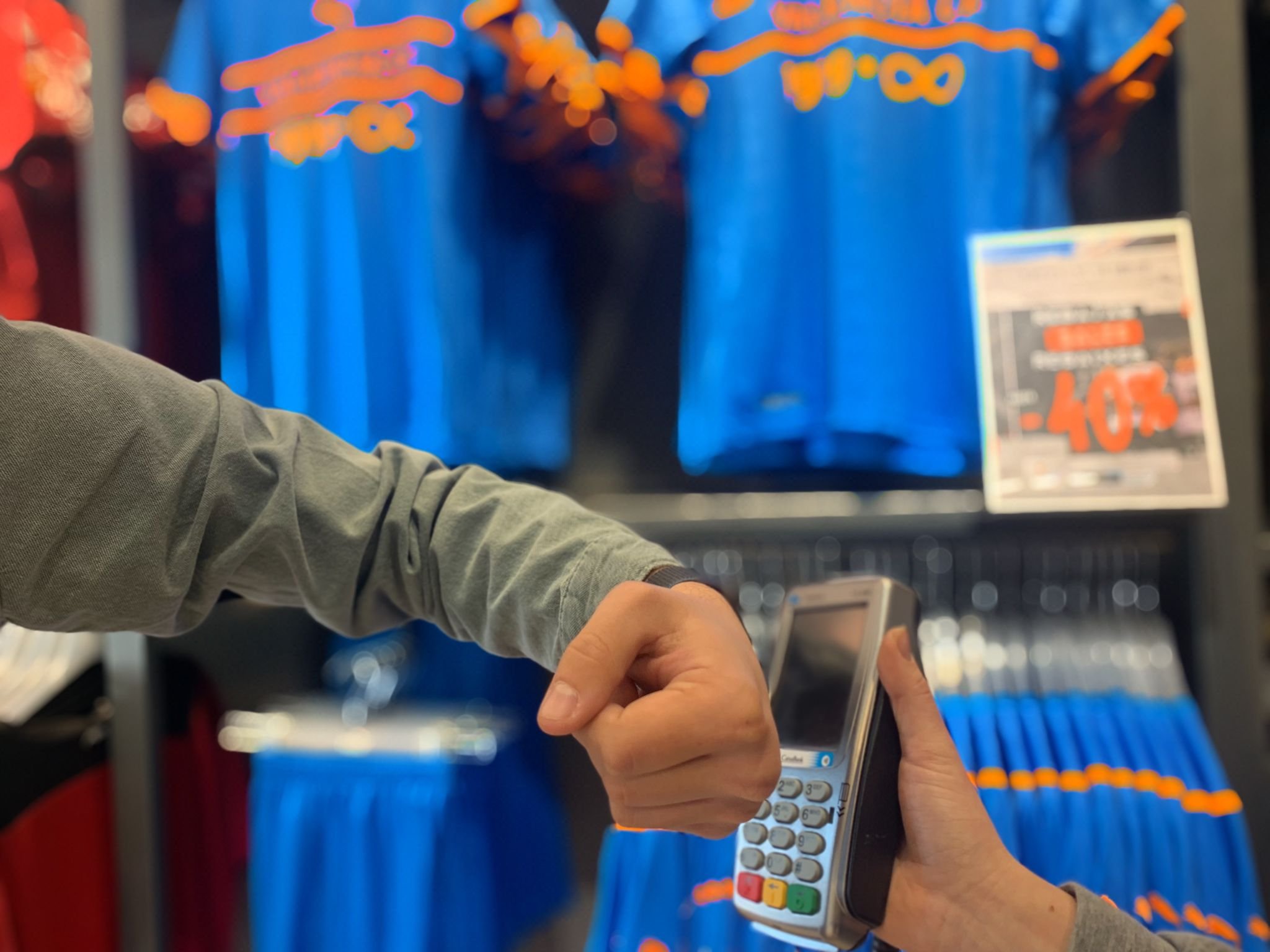
Innovation, Sports and Technology
Whether your project is purely medical based or if it combines technology with any other practice, we want to meet you. We have four basic working pillars: Medicine, Academy, Smart Stadium and Fan Engagement.
Medicine
Medical innovation affects every person on the planet. It promises new ways to prevent, diagnose and monitor health problems, as well as new drugs and devices to address the treatment of diseases and cure them.
Medical innovation also involves enriching knowledge and transforming existing business models and processes to better meet changing needs and expectations.
The technological revolution has changed the world forever and, in the coming years, it will radically change our way of understanding and relating to medicine. Innovation is present everyday in medicine. This is how it has evolved and advanced, along with the scientific and technological development of other disciplines, with the best interests of the patient always in mind.
Human beings are innovative by nature, and medicine also boasts this essential characteristic of our species. Innovation is the way to adapt quickly to changes in our environment and needs. The permanent search to provide better diagnoses and therapies that are safer and more effective, less invasive and less painful, has motivated and stimulated physicians to be innovative.
All this also applies to sports medicine and in particular football, where the greatest achievements have been made in the digitalisation of medical processes, medical history programmes, and the collection and analysis of medical data . The innovations also involve the field of genetics and radiology, allowing an improvement in injury prevention and rehabilitation processes. Innovation has also been introduced in nutrition, allowing for a much more technical and frequent supervision of athletes. Psychology has also been favourably affected, improving players' sleep and rest.
Academy
With the proliferation of more and more information about football, the exposure and relevance of younger footballers has grown rapidly, especially in recent years. Now there is greater attention paid to the stars of the future, and inadvertently also greater expectations that they will reach the big stage.
The COVID19 pandemic and the global economic situation have further amplified the demand for young talents. More than ever, academies are taking centre stage.
Innovation and technology have become part of all aspects of our lives. It is clear that academies can no longer rely solely on old and proven methods, as the careers of young players move along faster and faster. The traditional paths to professional football have been sped up enormously. Therefore, for football academies, innovation is the key to opening up new possibilities in order to face these growing demands. Football methodologies have to be much more precise and personalised, digital tools and applications have to be much more efficient and players need comprehensive development. For this reason, all devices must be state-of-the-art and professionals must update their skills and knowledge regularly. The possibilities for academies to innovate, as well as the ever-increasing challenges, are basically limitless.
Academies have the opportunity to be relevant spaces for comprehensive training and talent development, not only on the football side. Academies have the potential to be protagonists in sports medicine research, sports science and innovation in general. Many of the achievements that have been made could only be imagined in the past.
Therefore, innovation is essential to opening the doors to new ideas, developments and collaborations. Innovation will be the cornerstone of our Academy project and crucial to fostering a visionary, ambitious and knowledge-based environment.
The great advantage is that young footballers are much more receptive and prepared to try new tools. This allows us at the Academy to have greater freedom to experiment and be creative when it comes to imagining the potential uses of new instruments in various areas such as scouting and talent detection, tracking and everything related to athlete performance. All this does not apply only at a football level, but also implies development at an educational level (keeping in mind that combining top-level training and learning is a challenge), so we will look for innovative ways that can help young people in their learning processes.
The Academy has to be considered an incubator, not only for football itself, but also for new ideas and projects. For the collaborating companies, it is a chance to test their services and obtain feedback from future users.
Smart Stadium
Mestalla was inaugurated on May 20TH, 1923, and although it has undergone some renovations and extensions over the years, its essence and history remains intact.
It currently has a capacity of 48,800. In the 2019/20 season, 30 official matches were played in one season and a total of 1.2M spectators attended in total, for an average of 40,000 spectators per game.
A scene of unforgettable afternoons and nights, it is one of the busiest places in the city, with spectators who attend packing the surrounding areas to prepare for the game. It is also one of the most visited and photographed spots for tourists.
Despite being the oldest Primera División stadium in Spain, Mestalla is a stadium that has managed to adapt to the times and to the needs of fans, and is currently ranked as the best matchday experience of all football stadiums worldwide (https://www.burohappold.com/specialisms/venue-performance-rating/#)
Even so, there are many areas that can be innovated, monetised and improved, as the matchday encompasses a wide variety of concepts.
In a hyper-connected world, it is necessary to adapt to new technologies that allow better connectivity within the stadium, such as 5G, 6G and high-speed WiFi, to be able to navigate and use a mobile phone as a second screen while attending the game.
The method of access to the stadium is also something that is changing. Whereas in the past, paper tickets or a card was used, now there are QR codes, contactless NFC technology and even biometric features that allow entry without a physical ticket
The forms of payment at points of sale for items such as food and drink have moved towards cashless, and there are even pick-up and seat delivery services available to avoid the queues that occur during halftime.
Entertainment during the game is key, and although some media is already available such as video screens, billboards, lights, sound etc, one always hs to be attentive to new options that help improve the experience during the game. The objective is that everyone who attends Mestalla takes away an unforgettable memory.
We should not forget possibilities in terms of mobility (arriving/leaving the stadium), with this being one of the busiest points and where the most traffic jams occur. There are different angles and options that did not exist before, such as the appearance of collaborative economy and ridesharing. Also, other more traditional transport options such as bicycles, or new popular means of transport such as the scooter or moped. It is also important to promote urban transport and perhaps the study of other futuristic means of transport. There is also the question of sustainability. Being a stadium that attracts so many people during a match means that a lot of waste is generated, and there are great opportunities to be more ecologically efficient and contribute to the fight for the planet.
Ultimately, this vertical focuses on everything that surrounds the stadium and the spectator's experience on matchday.
Fan Engagement
Consumption habits have changed. They have gone from listening to a football game on the radio, to watching it on TV with the family, to being able to watch on a phone or on Twitch. Furthermore, the game is no longer the only event of the week. Now there is information and content available at practically every hour, every day: Training sessions, press conferences, interviews, pre-match, post-match. Generation Z includes those born after 1995, and they are the biggest media consumers ever. From the time they get up until the time that they go to bed, they are consuming information. They are users 24 hours a day, seven days a week. They even do so simultaneously with other activities. Social networks have become a meeting point for fans to consume content and news.
Valencia CF currently have more than 7M followers on Social Networks, spread all over the world. In a global and hyper-connected world, the goal is to adapt to these changes and entertain fans of all age ranges, genders, cultures, languages and countries at any time of the day, on any medium and channel they choose.
In this vertical we are looking for companies that take advantage of new transversal technologies such as Virtual Reality/Augmented Reality, Artificial Intelligence and Machine Learning or Blockchain, among others, to adapt them to the world of football and bring the show closer to the spectator from other points of view.
eSports are now a reality, and their success among young people is undoubtedly successful. They can play more realistic matches from home (both in terms of graphics and gameplay). The trend in broadcasts is to personalise the experience to reach all audiences (commentators, statistics, graphics) and it is even estimated that due to the limited time we have and all the existing leisure offers, highlights will become much more important in the future.
In a world in which technology and digital advance at a frenetic pace, it is important to be up-to-date with the latest trends and be able to provide interesting and personalised information to our fans.




